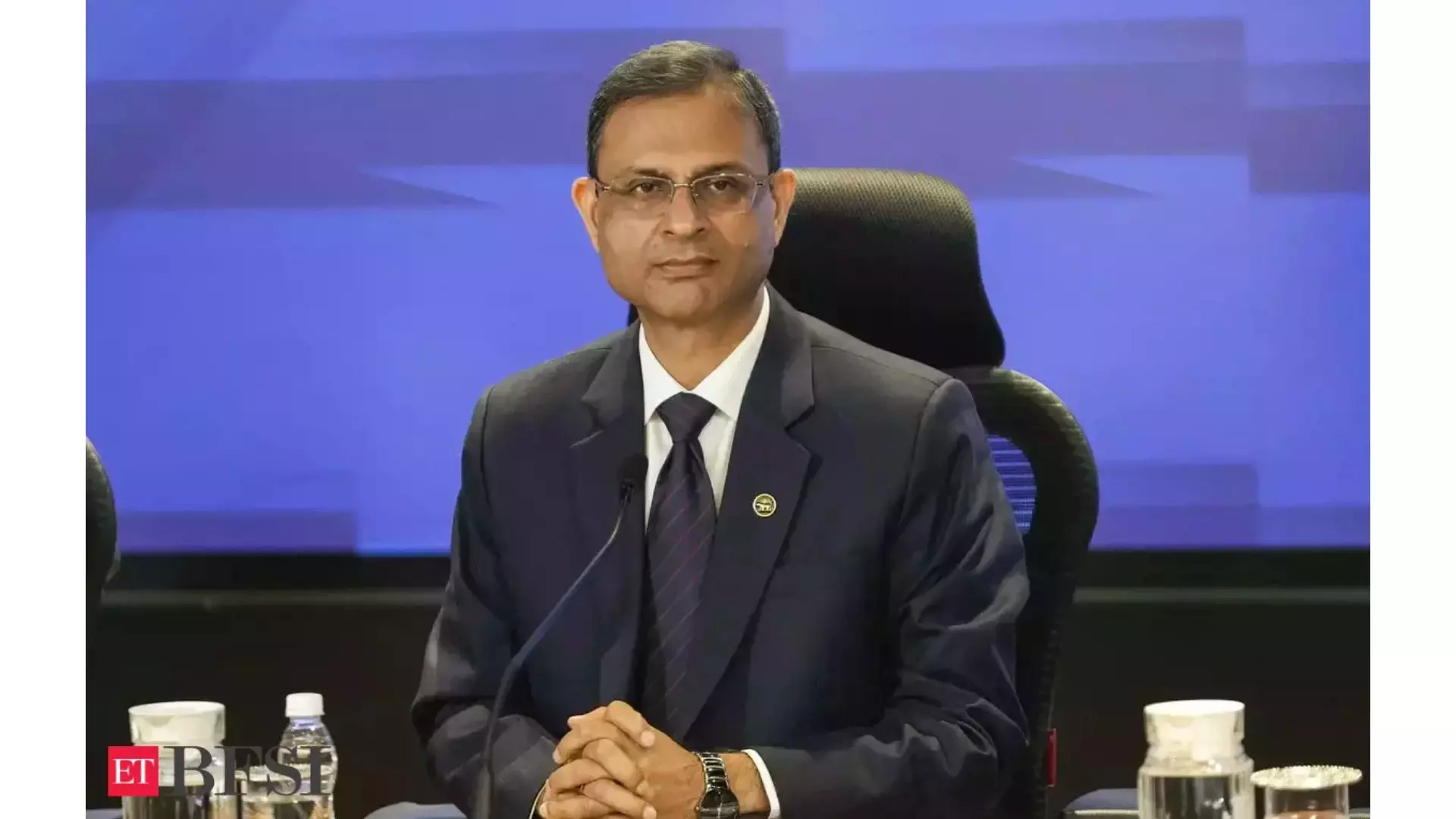AA Edit | RBI focuses on growth, takes a calculated risk
As part of this agenda, the RBI led Monetary Policy Committee slashed repo rate by 25 basis points to 6.25 per cent

With global uncertainties making India’s growth trajectory unclear, the Reserve Bank of India (RBI) appears to have concentrated its focus on boosting growth rate under its new governor Sanjay Malhotra. As part of this agenda, the RBI led Monetary Policy Committee slashed repo rate by 25 basis points to 6.25 per cent.
This is the first rate cut by the MPC after five long years — after May 2020 — as former RBI governor Shaktikanta Das had exclusively set his attention on fighting inflation. This move will bring down borrowing rate and lower people’s equated monthly instalments (EMIs) on home loans and personal loans, among others. The RBI rate cut is in tune with the government’s decision to put more money in the hands of people by realigning income tax slabs in the Union Budget.
Malhotra, who is a career bureaucrat like Shaktikanta Das, asserted that India can achieve over seven per cent growth rate. An eight per cent economic growth, according to the Economic Survey, is crucial if the country wants to emerge as a developed economy by 2047. The RBI expects the economy to grow at 6.7 per cent in fiscal 2025-26 as against 6.4 per cent estimated for the current fiscal.
The RBI expects retail inflation to slightly moderate to 4.2 per cent in the next financial year, beginning April, as against 4.8 per cent forecast for 2024-25. This forecast was conditional on absence of any supply-side shock, and other major geopolitical turmoil. The wording of the Central bank’s statement suggests that inflation may not see any substantial improvement and it would be satisfied with the price rise index staying below six per cent, which is the upper end of the RBI’s comfort zone of four to six per cent.
A higher inflation, nevertheless, would be a red flag for foreign investors as it would not protect their investment returns from the country. A rate cut would also reduce interest rate arbitrage between India and other developed countries like the US and increase pressure on the rupee.
However, the new governor appears to be unconcerned about inflation and rupee in his pursuit to boost economic growth .His remarks against targeting any “specific level or band” of the rupee reiterates that India will not aggressively defend the local currency against the US dollar.
In the 10-month period between January 2024 and October 2024, the RBI spent over $80 billion and managed to keep the rupee below 85 level against the US dollar. On February 7, the rupee plunged 16 paise to close at a record low of 87.59 against the American currency. India's foreign exchange reserves stood at $630.6 billion on January 31, up from $629.55 billion in the preceding week, which covers the country’s imports for 10 months.
As the RBI begins its journey of calculated risk, the central government and state governments must play their role in keeping supply side shocks to price in control. Otherwise, India will see a repeat of the UPA-2 era, when the government of the day pursued the same policy that is being adopted to let the upside of growth offset inflation’s downside, and witnessed a slowdown.
